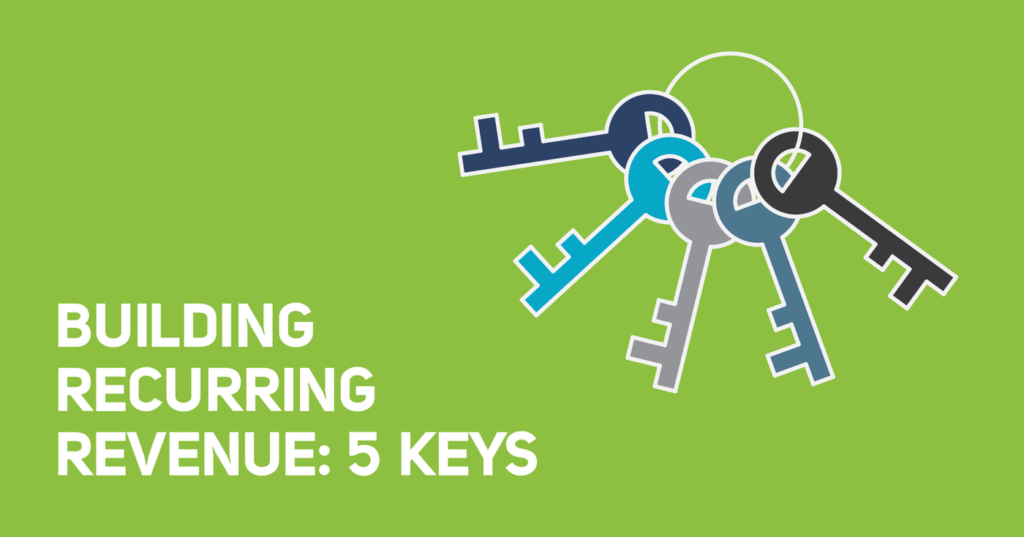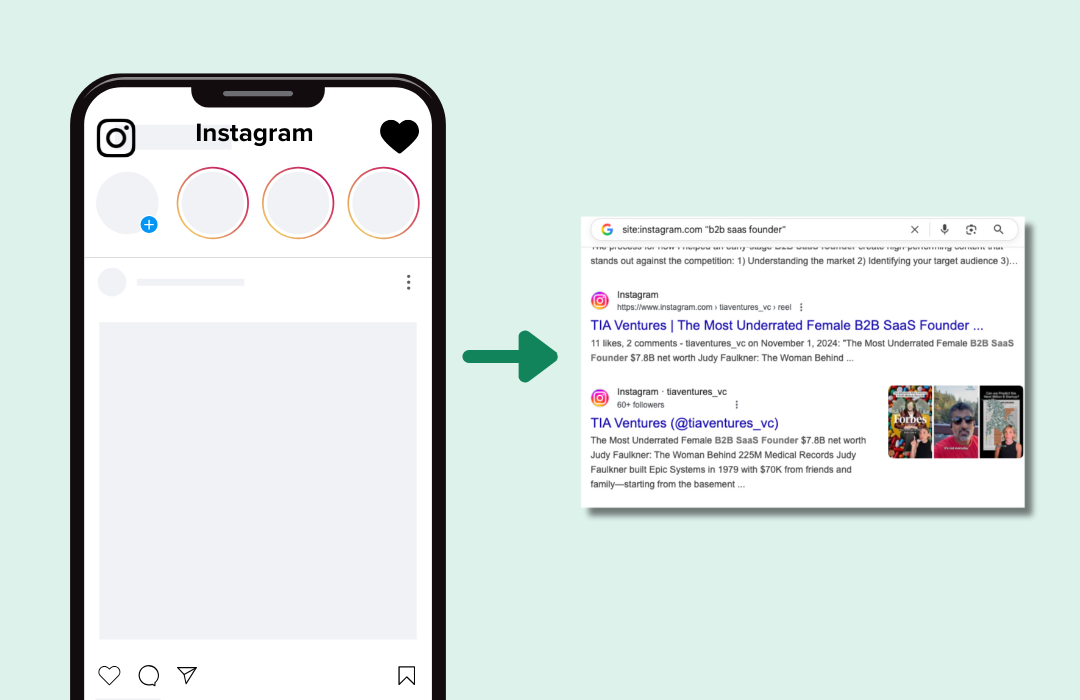It happened just this past week and I was shocked. Angered. Disgusted, even. It was right there on Twitter as a promoted ad. Then I got an email about it. Then I saw it again and finally had had enough.
No, this had absolutely nothing to do with politics. To me personally, it was worse. Much worse. It was every single reason I had started Allbound, rolled-up into 140 characters (and because this came from an Allbound competitor, I’ve blocked their name):

Bull. ‘Effin. S***. For more than a decade now, the 3-4 legacy vendors atop the channel space have been telling their own prospects and customers — the very people who are running the programs that their own technology has been supporting — that they they are “going extinct,” “fighting for survival” or “at risk of being irrelevant.”
Scare tactics at their finest.
Not just scare tactics, but tactics that have resulted in fear, doubt and a loss of confidence in one of the most critical facets of building the kind of business that not only can grow fast, but grow far: having a successful channel partner program. A program that gets you you deeper into verticals, wider across horizontals and so much further towards reaching your goals.
So, here’s the truth. Partner programs sure as hell ARE NOT fighting for survival. I’ll put every single ounce of integrity and credibility in my professional career behind that statement. I’ll go even further and say this: the biggest threat to building and operating a successful partner channel today is the EXACT same threat to the short- and long-term viability of your entire business: innovation, digitalization, simplification, and, most importantly, a die-hard focus on delivering customer outcomes above and beyond anything you or your competitors have delivered before.
And nowhere — NOWHERE — is this more important than in SaaS and the subscription economy, where customers are the high-octane fuel that accelerates recurring revenue, the most valuable currency in modern business.
So, let’s get excited. And here’s why: it’s NOT partner programs that are going extinct. Nor the people behind them. The only ones who are truly at risk are the the 20-30 year-old technology vendors and advisors who themselves are the sole perpetrators of that thinking.
Need proof?
Well, just ask any of the 100,000,000 businesses around the world who sell, market or support their customers through a network of channel partners.
All of whom will tell you that a modern partner program — one focused on the entire customer lifecycle — is one of the most critical and lucrative strategies for faster, more efficient, more sustainable growth in the subscription economy. And here are five keys to building one:
1. Recruit the Right Partners
There’s no doubt about it, just like any relationship (in life or business), building powerful partnerships takes work. Arguably the most important aspect of setting a solid foundation is finding and onboarding the right partners. In years past, channel programs have been more “Sister Wives” than “Friends.” More “Tinder” than “eHarmony.” And we’ve all seen how that typically works out. But finding the right partners is no different than finding the right customers, and the most successful businesses do that not only by throwing a few forms on their website, but by building detailed, targeted personas.
Sure, you may find some potential partners by casting a wide online net, but I guarantee that you also end up spending tons of time (and money) filtering through and spinning cycles on fly-by-night operations who aren’t going to help you grow your business, and the people who don’t understand your product or your vision. You want your partnerships to be targeted and strategic, not the product of a completely random application process. And most importantly, you want them to be symbiotic — beneficial to you, your partners, and your shared customers.
2. Transfer Your Knowledge
Simply hiring a great sales rep with a successful track record doesn’t always mean he or she is going to thrive selling your solution. In fact, the number one reason most reps fail isn’t because they’re not trying — it’s because they’re not thoroughly onboarded and regularly equipped with the right training, content and resources to keep them sharp at every phase of the sales cycle. The exact same can be said about partners – only they’re not sitting in your office, under your payroll or with your laser-focus on selling only your solution.
Partners are, in a way, a volunteer sales team. And the most important thing you can do to keep them engaged and help them succeed; in fact, THE NUMBER ONE THING they request from the vendors and manufacturers they resell or support) isn’t leads, it’s knowledge. And no, that doesn’t mean a passive portal or legacy PRM system that more often than not becomes a dumping ground of PDFs and PowerPoints. What it does mean is timely, organized training tracks, smart content and strategic playbooks that are intelligently aligned to their specific opportunities and automatically delivered via an active software platform and user-friendly interface, compatible with the multiple devices they’re tethered to.
3. Treat Your Partners Like People… Because They Are
We hear it time and again. “Partner ‘X’ just isn’t engaged. Or “Partner ‘Y’ really crushed it this quarter.” As you grow a partner program, you’ll find it only natural to refer to your partners as companies rather than people. But the fact is, partners are just like your business — they’re made of people. People with families, busy lives and hectic schedules. People who need to be motivated, who need culture and vision, who want to be part of something successful, to be empowered rather than managed, and to truly believe in what they’re selling or supporting.
As we like to say, partners are people, too. So treat them as such. If you’re relying on a partner portal or PRM system to be their main point of contact, you’re failing. Failing the exact same way a sales leader would be failing her team if she only engaged and communicated via a passive, one-way portal. The exact same way a customer success manager would be failing his customers if he never called or visited them in-person. I’ll say it again: PARTNERS ARE PEOPLE, TOO. The more you engage with and empower them, build trust and transparency with them, make them part of your culture, and align them to your business goals, the more you’ll make them feel like such. And the more they’ll give back.
4. Have a Laser Focus on the Customer
Let’s get right to the bottom line: If you and your partners aren’t aligned on working together to deliver wildly successful results for your customers — better results than you could achieve alone — then you simply shouldn’t be partners. For decades now, partner programs have been focused almost entirely on pre-sales activities: lead generation, cold calling campaigns, list purchases, co-branded collateral, sales training, and continuously ridiculed (and often wasted) marketing development funds (MDF) — anything and everything to close deals and land new logos.
Today, that paradigm has shifted. In fact, it shifted more than a decade ago when the entire world started becoming “SaaS-ified.” Unfortunately, many partner programs are still either struggling to catch-up or being led by executives who are still relying on “calls and closes” as their primary KPI. Meanwhile, the most successful partner programs — programs such as HubSpot’s, Cisco’s and Xero’s — have capitalized on the humongous competitive advantage their partner programs offer their customers – defining customer expectations, driving product adoption, growing customer wallet share, and ultimately, making sure that customers are wildly, wildly successful and less likely to churn. THAT, after all, is the bottom line.
5. Build a Partner-Friendly Culture
Every company has experienced it. You start an initiative, build a strategy, present it to the executive team, start to execute, generate some results…then eventually see it die a slow, painful death. Too many partner programs suffer the same exact fate not because they’re not planned or executed well, but because the cultural belief and top-level buy-in on the power of partnerships simply aren’t strong enough. Successful partner programs are rooted in the culture of your organization, from the CEO down.
A partner-friendly culture means more than just CEO buy-in, however. It means aligning your partner program, and the businesses and people that comprise it, to the core of your business. Setting benchmarks to success that you both understand, agree to, and can work together to achieve. Building collaborative relationships between your direct and indirect teams. Making sure your partners aren’t left on an island, scavenging to find content, resources, tools and data to help them succeed. That they’re not the last people on the list to learn about your latest marketing campaign, sales tool or feature release. That you’re paying them persona, face-to-face visits as often as possible. And, I simply cannot say this enough, that you’re dedicated to working together to get the best possible results to your customer.
I remember the day I married my wife like it was yesterday. And one of the most touching and inspirational sections of our vows, taken from Helen Keller, both deaf and blind, stated so perfectly:
“Alone we can do so little; together we can do so much.”
Partnerships aren’t easy, no matter life or business. They require hard work and perpetual give-and-take, they depend on human empathy and commitment that simply cannot be automated-away, and they must be build on a foundation of trust and integrity. But the concept of great partnerships – and the amazing things that can happen because of them – will never, ever be fighting for survival. You don’t need any fancy data or KPIs to know that. As Ms. Keller proved, you don’t even need to hear or see. All you do need is to believe and get to work.







